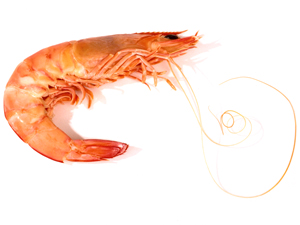If severe shellfish allergy is strongly suspected you should have an emergency treatment plan, which will include antihistamines and adrenaline (also known as epinephrine). The three adrenaline auto injectors prescribed in the UK are Emerade®, EpiPen® and Jext®. These injectors are easy to use and designed for self-administration. Your injector should be available at all times – with no exceptions. Medical attention should be sought after use as symptoms may return after a short period and more than one injection of adrenaline may be required.
If you are prescribed an adrenaline auto injector, you will need to know how and when to use it. Ask your pharmacist, GP or allergist for advice. You can also find help on the website relevant to the injector you carry.



